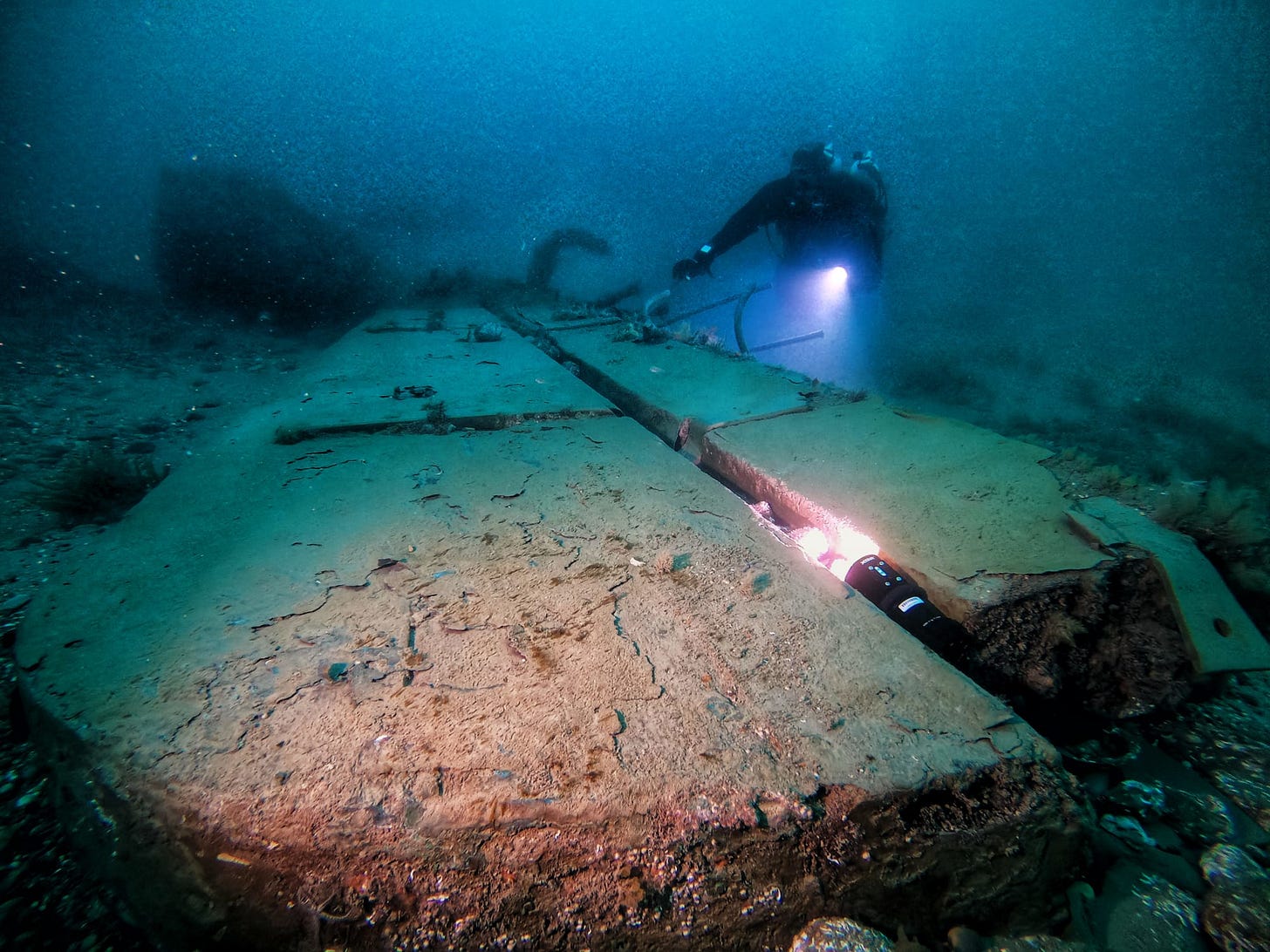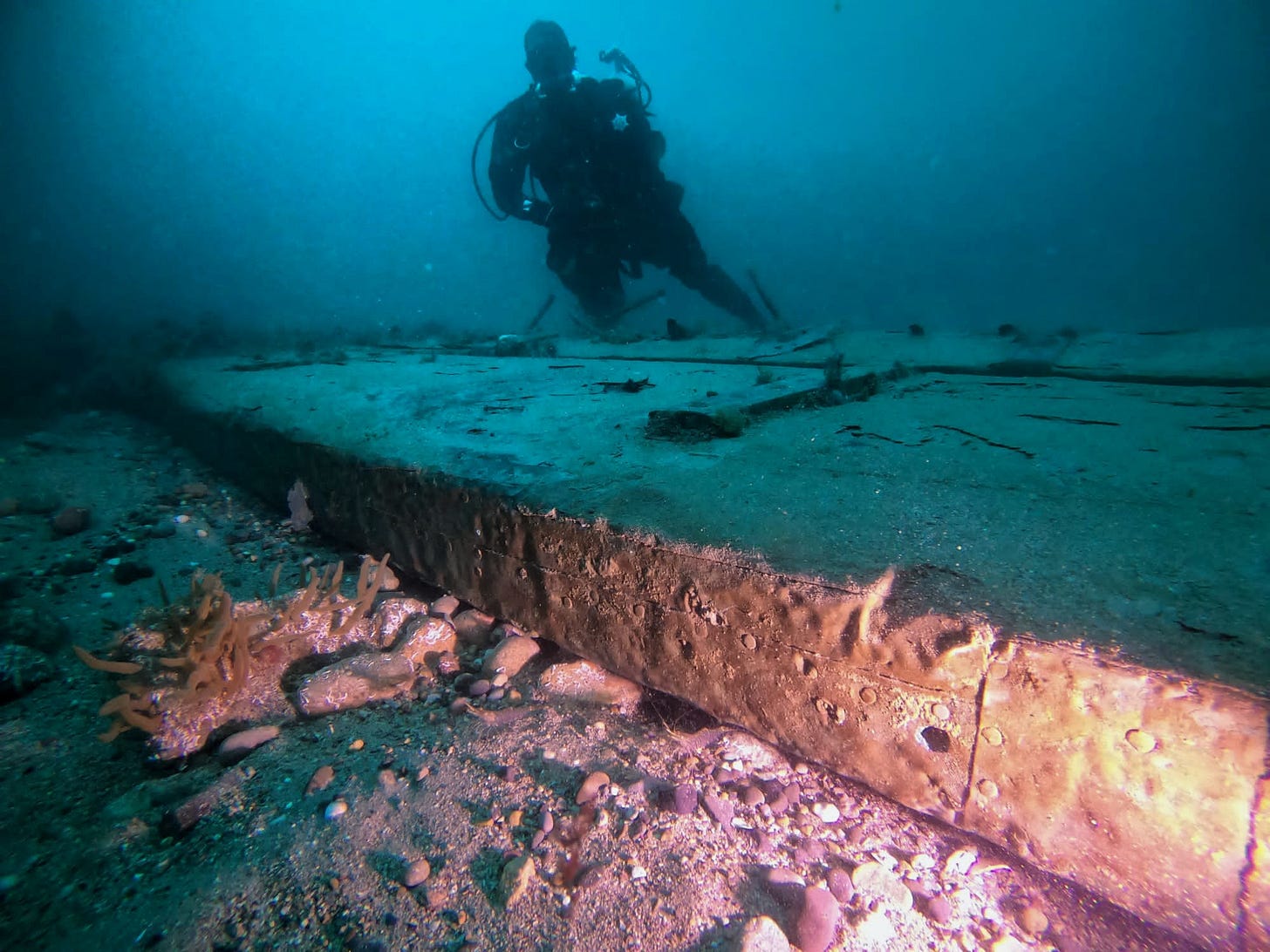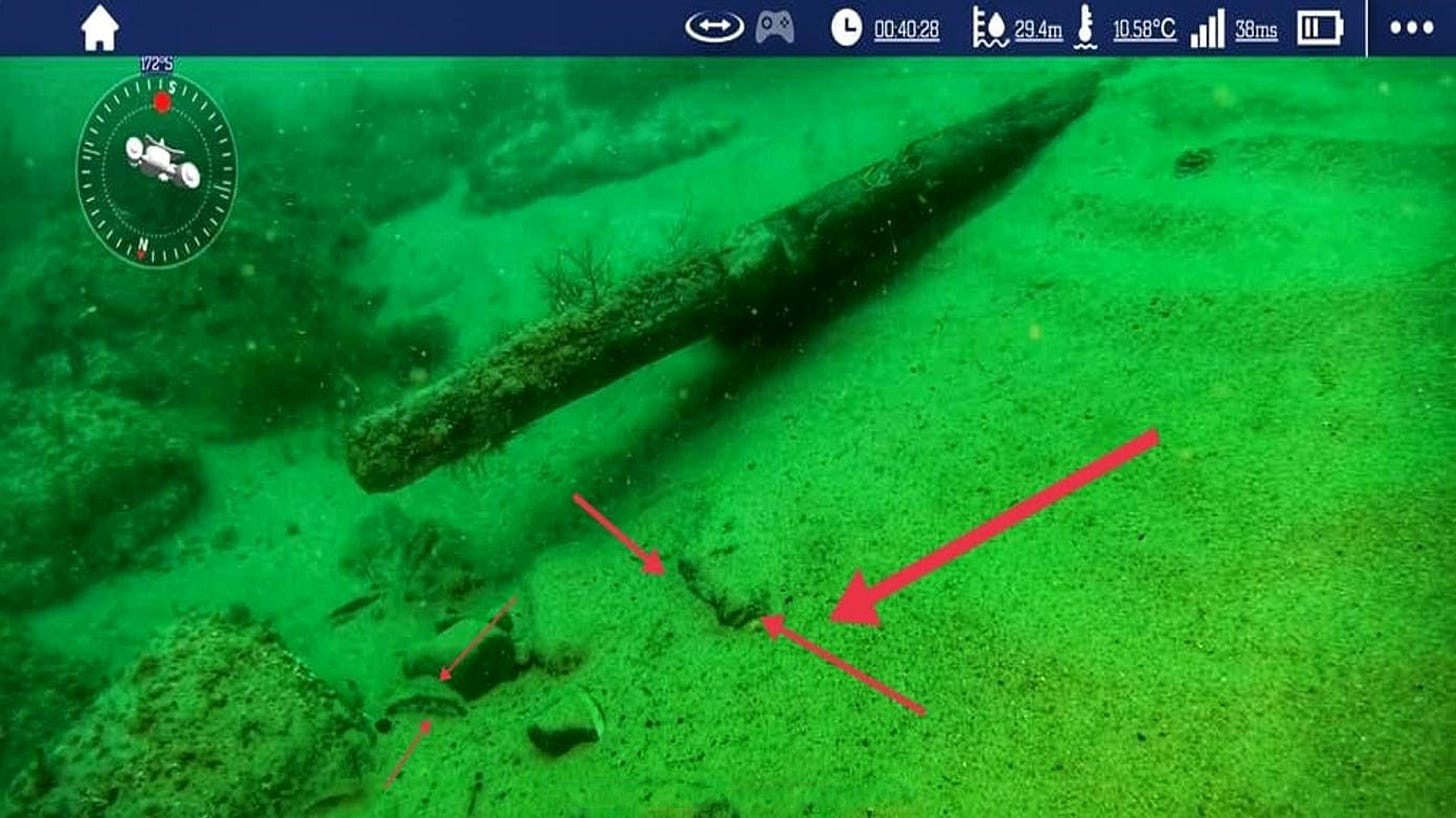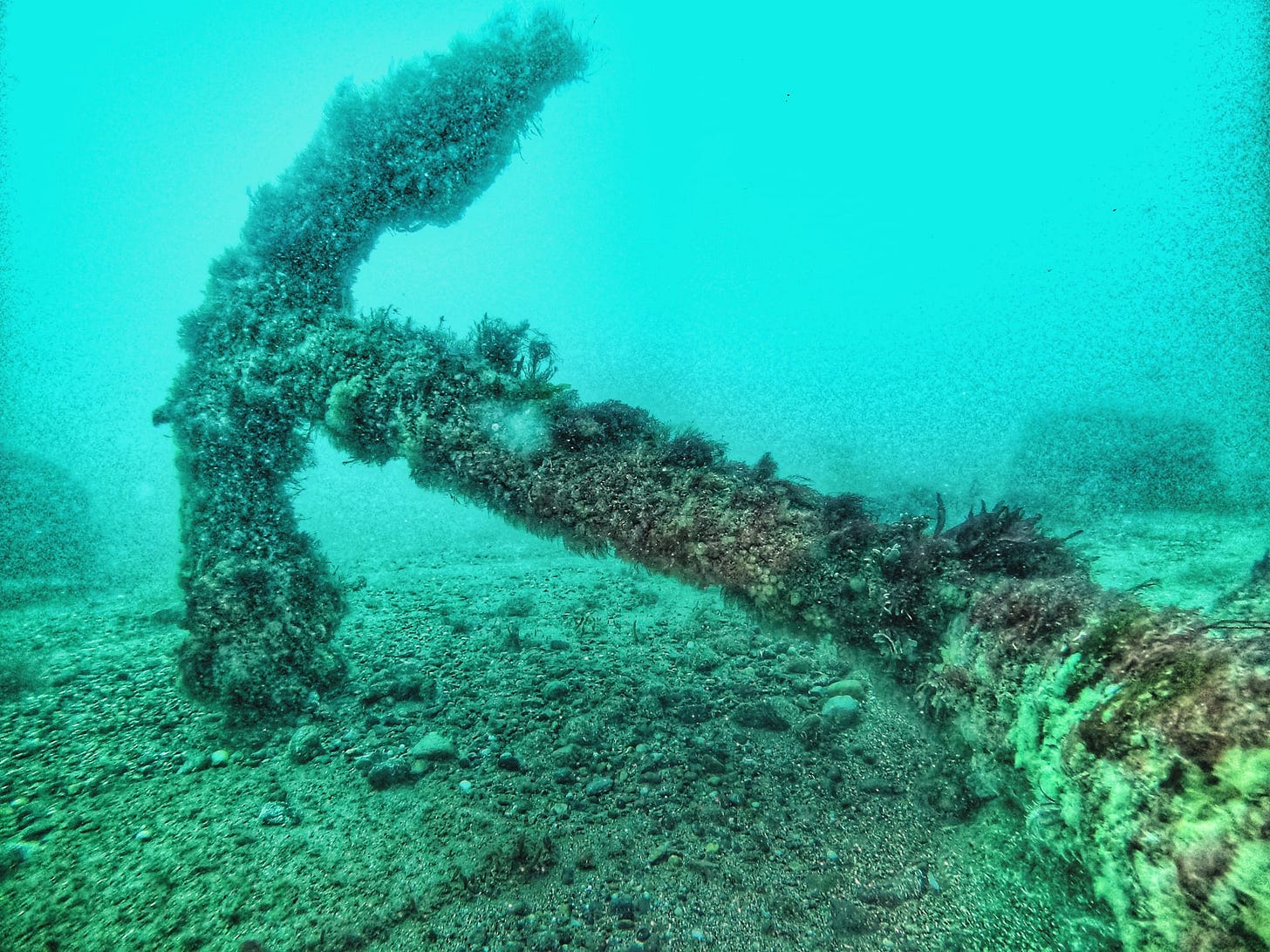Is this where doomed treasure ship sank? Shifting sands hide lost wreck laden with 'rich and rare curiosities'
The Recovery was lost in 1787 while transporting expensive marbles and bronzes collected by the Earl of Charlemont
A BRITISH ship that vanished with a cargo of exquisite treasures may have been found off the coast of Ireland, a tantalising new clue suggests.
The Recovery was lost in 1787 while transporting expensive marbles and bronzes collected by the Earl of Charlemont during his nine-year grand tour of Europe.
Bound for Dublin, it was also said to be carrying “a quantity of rich and rare curiosities of art and nature” belonging to John La Touche, “Ireland’s wealthiest banker”.
Yet she never reached her destination, disappearing with her crew and cargo somewhere off the coast of Wexford, with her final resting place lost to history.
But now a shipwreck hunter and his team have discovered a tantalising clue after decades of searching.
Edmond O’Byrne, who’s leading the effort, said: “The side-scan sonar picked up an unusual object on the seabed.
Footage courtesy Brian and Kevin Martin
“At first I thought it was a torpedo, because the image would be slightly distorted on the side-scan sonar.
“When we went down, it turned out to be a 20-foot-long rudder covered in copper sheet.”
Copper sheathing was used by the British navy to protect wooden warships from shipworm, barnacles, and other marine growth.
“Now that really identified her,” said Mr O’Byrne.
“In 1773, when she was built in Chester, the Recovery was one of about 200 ships out of the British merchant fleet of about 10,000 that had their hulls covered in copper sheathing.”
And it was the only one of these lost in the area.
The Irishman added: “Any wrecks that we have a record of weren't copper sheathed.”
RELATED ARTICLES
Sunken medieval shipwreck discovered 600 years later on dry LAND by Barcelona builders
Fit for a drunken sailor! Shipwreck found off Norway 300 years after sinking was blamed on 'inebriated' Irish crew
Lost British-built ship sunk with 50 dead in shameful 'hit and run' found after 150 years
It’s not the first clue they’ve discovered nearby.
A short distance away, the team found a timber protruding out a sandbank in the seabed.
Mr O’Byrne said: “The drone went down and it spotted a piece of timber coming out of the sandbank.
“It could have been any bit of timber but when I told the pilot to drive closer, I could see that there was a timber nail hole in that plank – so it was definitely from a ship.
“I told one of the boys to go down and take that up, and when he did, there was a two foot by one foot copper sheath nailed to the timber.”
In the area they’ve also found a nine-foot oak rib, an anchor, and various timber fittings from a ship, as well as artifacts from the era, including a copper teapot and inkwells.
The diver believes the ship lies 20 metres below the surface, embedded in the sandbank where the first timber was found.
And he says that the cargo may well be intact beneath.
“There could be something in very good condition,” he said.
“Because if they had to journey some distance on land to get to the port and then be loaded and then unloaded, they would have to be packed very, very well.
“So there is a chance that something would survive.”

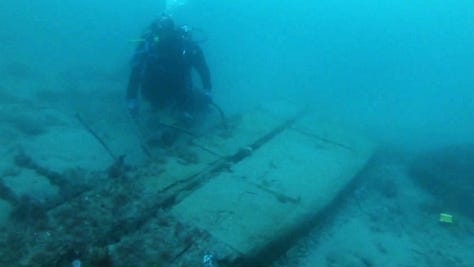
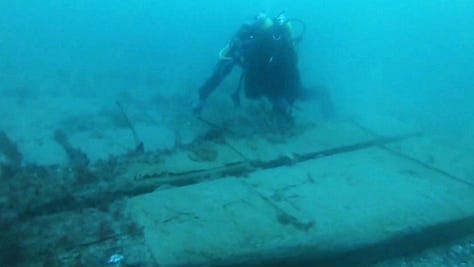

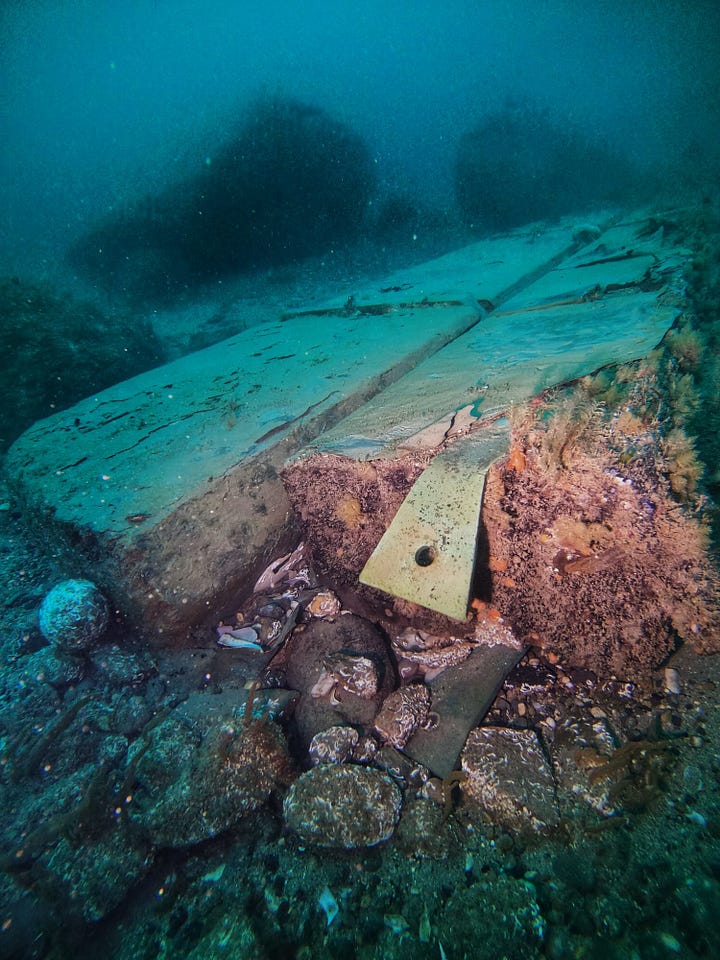
Having started in Italy, the Recovery was en-route from London to Dublin when it sank.
Six souls went down with the ship, including the captain and two of his sons.
The artworks on board collected by the Earl of Charlemont were intended for display at the new Customs House in Dublin, which would be completed four years later.
Ironically, the building was torched by the IRA in 1921, during the Irish War of Independence, so the loss of the ship might have saved them.
However, the cargo appears to have been uninsured.
The treasures belonging to John La Touche, meanwhile, were bound for his mansion in Wicklow.
The entire household contents of Daniel Corneille, returning Governor of St Helena, are also thought to have been aboard.
The true value of the cargo is unknown.
But another sculpture commissioned by La Touche and his son in 1789 sold for £520,000 in 1997, according to reports.
The piece, called Amorino, is a statue of Cupid by the famous Italian sculptor, Antonio Canova, and is now displayed at the National Gallery of Ireland.
The location of the rudder – 240 metres away from the rest of the ship – sheds light on the terrifying final moments on the Recovery.
Mr O’Byrne said: “We reckon when she came around Carnsore Point, she came into shallower water, and pulled the rudder and part of the stern off.
“And then the ship was at the mercy of the sea.”
The rudder itself may be the only one of its kind on the planet.

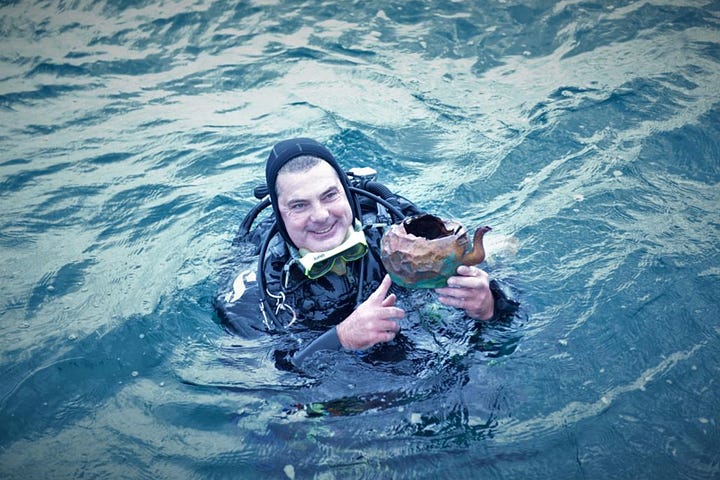
The diver said: “We’ve searched and, so far, nobody can tell us that there is a copper-covered rudder in existence from that time anywhere.
“It could be the only one of its time.”
For now, the wreck will be preserved in-situ, with the site monitored in case the shifting sands reveal any of the Recovery's treasures.





